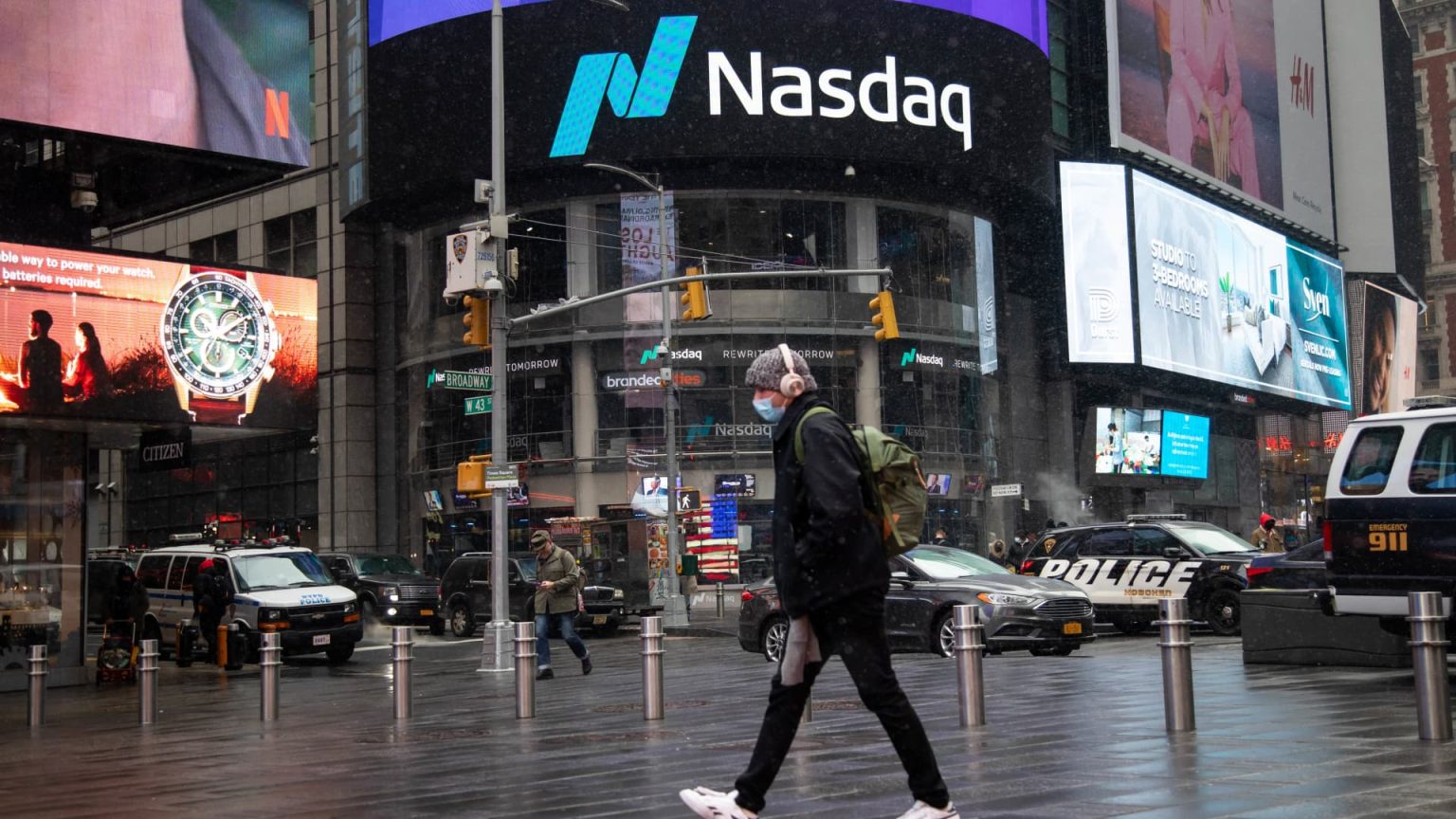The “Magnificent Seven” mega-cap tech names that grab all the headlines and rule Wall Street with their outsized influence have been masking a pretty rough year for everything else. While we do see opportunities out there, we are compelled to make sure Club members understand the dynamics at play so they can gauge the risks and rewards of this tricky market. The “haves” and “have nots” in the market are best illustrated by a comparison of the regular market-cap weighted S & P 500 , which is the benchmark index we talk about all the time, and the lesser-known equal-weighted S & P 500 , which assumes all stocks in the index have the same weighting. .SPX .SPXEW YTD mountain S & P 500 market cap weighted vs equal weighted You can easily see how Apple (AAPL), Microsoft (MSFT), Alphabet (GOOGL), Amazon (AMZN), Nvidia (NVDA), Meta Platforms (META) and Tesla (TSLA) — all of them Club names except Tesla — are bullying the market when you look at the S & P 500 index’s year-to-date gain of about 8% versus the equal-weighted S & P 500’s loss of just over 5% in 2023. That’s an important comparison to consider because it makes it seem like the market overall is dismissing the broader risks such as rising bond yields and their impact on any further Federal Reserve interest rate hikes; geopolitical concerns such as the war in the Mideast and the war in Ukraine; and whether signals of China’s recent economic stabilization are for real. However, under the hood, the S & P 500 index that gives all its stocks the same power may be more reflective of these risks than some strategists are giving them credit for. In fact, Morgan Stanley equity strategist Mike Wilson wrote, “The chances of a 4Q rally have fallen considerably.” In Sunday’s note clients , Wilson cited “narrowing breadth” as well as “falling earnings revisions and fading consumer and business confidence.” The fourth quarter is historically the strongest quarter of the year for stocks. It includes the so-called Santa rally, which traditionally happens over the last five trading days of the year and the first two of the new year. At the end of the day, you aren’t going to feel good buying stocks when you should, because you should be buying stocks when they are going lower on factors not reflective of the underlying fundamentals. Buy low sell high is what we aim to do at the Club, focusing more on the individual companies and underlying business fundamentals than the broader market. We do take cues from the overall market on whether the market is overbought or oversold. Coming into Monday, our closely watched S & P 500 Short Range Oscillator continued to flash oversold. And, as our discipline mandates when that’s the case, we picked our lanes last week and made small buys in companies that we believe in long-term but have had unwarranted short-term selloffs. As noted on Monday’s Morning Meeting , here are a few buy ideas from Jim Cramer. Jim prefers Amazon to Apple within the Magnificent Seven. We know Amazon reported a solid quarter last week. Apple is an unknown and probably won’t be the greatest when the quarterly numbers come out Thursday evening. The iPhone 15 was not out early enough in the quarter to move the needle. We still consider Apple an “own it, don’t trade it” stock. But Jim was saying there’s not need to buy it ahead of the quarter. Outside Magnificent Seven, Jim called out two more. Chipmaker Broadcom (AVGO), he said, offers an opportunity right here and now , urging members to buy 10 shares and saying he could see the stock going from around $830 per share to $1,200. Jim also thinks Honeywell’ s (HON) quarterly report last week was better than many investors are giving it credit for and the price action in the stock did not properly reflect the fundamentals. That amounts to a buying opportunity, Jim added. (Jim Cramer’s Charitable Trust is long AAPL, AMZN, AVGO, HON, GOOGL, META, NVDA, MSFT. See here for a full list of the stocks.) As a subscriber to the CNBC Investing Club with Jim Cramer, you will receive a trade alert before Jim makes a trade. Jim waits 45 minutes after sending a trade alert before buying or selling a stock in his charitable trust’s portfolio. If Jim has talked about a stock on CNBC TV, he waits 72 hours after issuing the trade alert before executing the trade. THE ABOVE INVESTING CLUB INFORMATION IS SUBJECT TO OUR TERMS AND CONDITIONS AND PRIVACY POLICY , TOGETHER WITH OUR DISCLAIMER . NO FIDUCIARY OBLIGATION OR DUTY EXISTS, OR IS CREATED, BY VIRTUE OF YOUR RECEIPT OF ANY INFORMATION PROVIDED IN CONNECTION WITH THE INVESTING CLUB. NO SPECIFIC OUTCOME OR PROFIT IS GUARANTEED.
The “Magnificent Seven” mega-cap tech names that grab all the headlines and rule Wall Street with their outsized influence have been masking a pretty rough year for everything else. While we do see opportunities out there, we are compelled to make sure Club members understand the dynamics at play so they can gauge the risks and rewards of this tricky market.
Read the full article here





